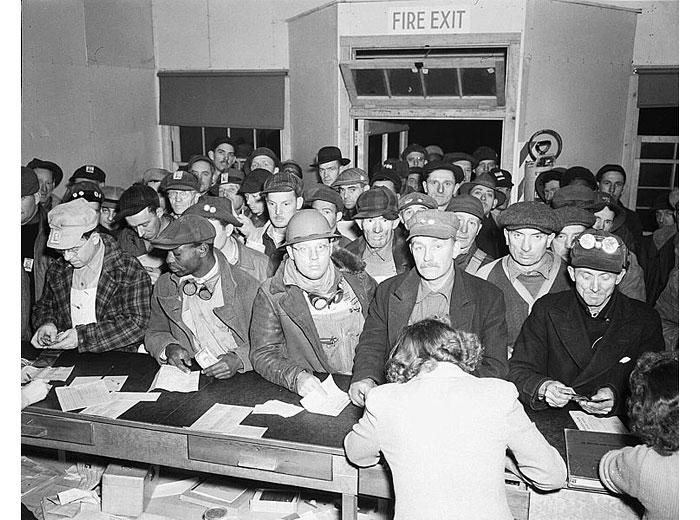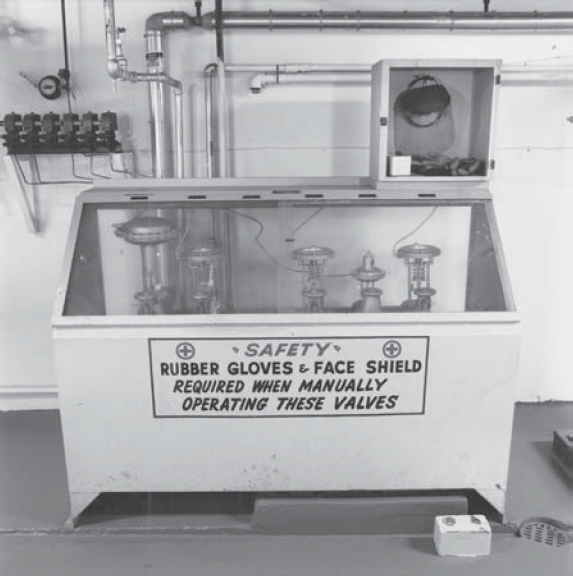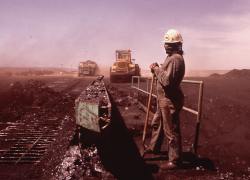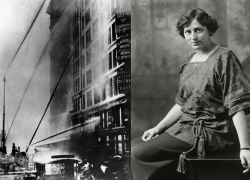
The summer blockbuster “Oppenheimer,” which tells the story of J. Robert Oppenheimer and the Manhattan Project to design and build the world’s first atomic bombs, is generating a lot of interest in the history of how nuclear weapons were developed in the United States.
But one important part of this history the viewer does not see in the film is the sacrifice made by tens of thousands of workers in the production of our country’s nuclear weapons arsenal.

“Oppenheimer” largely takes place in Los Alamos, New Mexico, at what is now the Los Alamos National Laboratory, operated by the Department of Energy. The film also references the production of plutonium from uranium at sites in Hanford, Washington, and Oak Ridge, Tennessee, for use in the first atomic weapons. Thousands of workers at early atomic energy sites like these and at later sites — including those in Paducah, Kentucky, Portsmouth, Ohio, and Savannah River, South Carolina — paid a very high price for their contributions to the atomic weapons industry.

From the beginning of the Manhattan Project, many workers developed disabling or fatal illnesses from their exposure to beryllium, ionizing radiation, and other hazards unique to nuclear weapons production and testing. Unfortunately, far too often these workers did not receive adequate protection from those occupational hazards, nor were they properly informed about the dangers of the work.

In 2000, the Energy Employees Occupational Illness Compensation Act (EEOICPA) Program was created to provide benefits to individuals who were sickened or died from this work, as well as their families. The program provides lump sum compensation and coverage of medical expenses for workers who contracted certain diseases as a result of exposure to beryllium, silica, radiation or other toxins, as well as compensation to their survivors. Uranium miners, millers and ore transporters, many of whom were Navajo and worked on tribal lands, are also eligible for benefits if they develop an illness as a result of toxic exposure and worked at a facility covered under Section 5 of the Radiation Exposure Compensation Act.
Today, the Office of Workers’ Compensation Programs administers benefits under the EEOICPA. Since its inception, the program has provided over $22 billion dollars in total compensation and medical benefits to approximately 135,000 claimants, far exceeding original estimates.
While our country will never be able to fully repay these workers or their families for their sacrifices, I hope the benefits available under the program may help lessen the hardships faced by seriously ill workers and their families. These workers deserve our recognition for their contributions, and I believe their stories should be told, too.
_____
Christopher J. Godfrey is director of the Office of Workers’ Compensation Programs at the U.S. Department of Labor.
Read more about the Energy Employees Occupational Illness Compensation Act Program.
To learn more about eligibility or start a claim, there are 11 stationary Resource Centers located nationwide to provide assistance both in-person and over the telephone. To find the nearest Resource Center or to learn more about how to file a claim under the EEOICPA, call us toll-free at 866-888-3322 or visit our website.

 U.S. Department of Labor Blog
U.S. Department of Labor Blog







